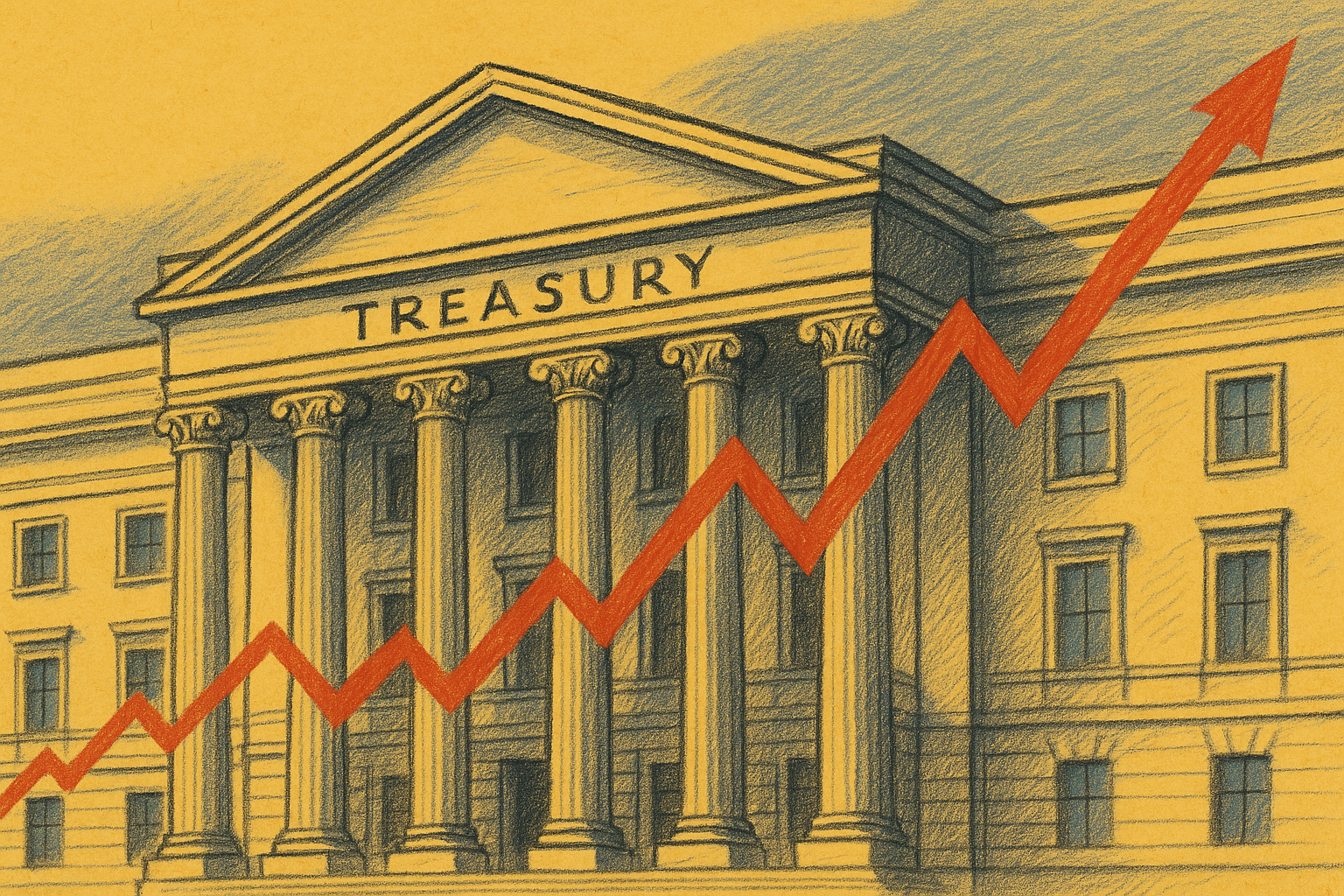UK retailers are heading into the crucial Christmas trading period with consumers in a markedly darker mood, as fresh data shows confidence sliding again just days before Rachel Reeves delivers her first Budget on 26 November.
New figures from the British Retail Consortium’s Consumer Sentiment Monitor, run with Opinium, point to a sharp deterioration in how households see the next three months. Expectations for the state of the economy have dropped to -44 in November, from -35 in October, the weakest level since April and the steepest monthly fall since then. Views on personal finances have also worsened, slipping to -16 from -11.
Helen Dickinson, chief executive of the BRC, says: “It has been a tumultuous month of Budget speculation and consumer confidence took a tumble.” She links the shift to strong early hints of income tax rises, later rowed back, which heightened anxiety about both household finances and the wider economy, even as retailers prepare for the peak trading season.
The same survey shows how behaviour is adjusting rather than simply mood. Shoppers’ expectations for their own retail spending fell to +8 in November, down from +14 a month earlier, and overall personal spending intentions eased to +14 from +18. At the same time, the share of respondents planning to save more rose, with the savings index improving from -9 to -5. Expected grocery spend is the outlier, rising to its highest level since the monitor launched in 2024, as households ringfence food budgets for Christmas in an environment of still-elevated supermarket prices.
The BRC numbers are reinforced by GfK’s long-running Consumer Confidence Barometer, which fell two points to -19 in November. All five components of the index declined, including a three-point drop in the major purchase measure to -15, and a two-point fall in expectations for the general economic situation over the next 12 months, to -32. Neil Bellamy, consumer insights director at GfK, describes it as “a bleak set of results as we head towards next week’s Budget,” adding that the pattern suggests the public is bracing for difficult news.
The sentiment setback comes even as headline inflation finally resumes its downward path. Official figures show the Consumer Prices Index rising by 3.6% in the year to October, down from 3.8% in September and the first fall in five months. Housing and household services remain the largest single contributor to both CPI and CPIH, underlining the pressure from rents, mortgages, and energy bills that have already reset higher after the price shocks of 2022–23.
Interest rates have begun to edge lower, but not by enough to transform the monthly maths for many borrowers. The Bank of England cut Bank Rate to 4% earlier this year and held it there at its November meeting, with markets now pricing in a further quarter-point reduction in December. For households who have rolled off ultra-low fixed deals, or are carrying expensive unsecured debt, the combination of higher price levels and still-restrictive borrowing costs continues to bite.
Retail performance data adds another layer of concern. Official statistics for October show sales volumes falling by 1.1% on the month — the first decline since May — following three consecutive monthly gains. Economists had expected flat sales, and the shortfall has been linked to a mix of Budget uncertainty, the drag from past inflation, and consumers holding off for Black Friday promotions.
For retailers, that creates an uncomfortable backdrop to the ‘golden quarter’. Grocery chains have reported shoppers trading down or delaying non-essential purchases, even as they maintain spending on food. Discretionary and youth-focused brands are feeling the chill more acutely: JD Sports has flagged the UK as its weakest market, citing rising youth unemployment and softer demand among its core customer base.
The fiscal context is equally tight. Government borrowing reached £17.4 billion in October, above expectations, leaving cumulative borrowing for the year almost £10 billion higher than forecast by the Office for Budget Responsibility. Analysts estimate a fiscal gap of £20–30 billion, increasing pressure on Reeves to find additional revenue through tax measures such as frozen thresholds, changes to allowances, or targeted levies — all of which have the potential to weigh further on disposable incomes.
Retailers are therefore watching next week’s Budget for more than headline income-tax lines. Dickinson has called on the chancellor to “pull a few rabbits from the Budget hat,” particularly on long-promised business rates reform, arguing that easing what she describes as a “spiralling cost burden” would help keep price rises in check and support struggling high streets. The prospect of higher wage bills, packaging costs, and regulatory compliance is already prompting some chains to reassess store investment plans.
For business leaders, the message from November’s confidence data is not simply that households are gloomy. It is that sentiment has become highly sensitive to fiscal signalling, even as inflation cools and rates edge down. With the Budget scheduled at the start of the festive run-in, the tone Reeves strikes on tax, spending, and support for consumer-facing sectors is likely to shape not just Christmas tills, but boardroom plans for 2026.





You must be logged in to post a comment.